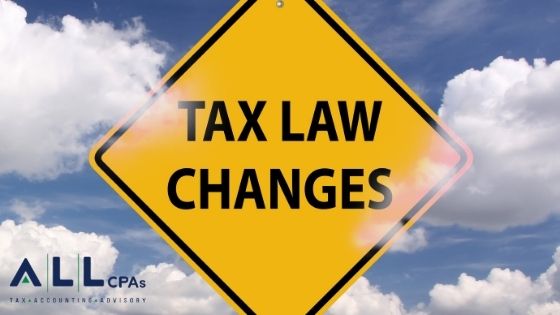
After intense negotiations, President Trump signed the $900 billion Second Stimulus Economic Relief Package on December 27, 2020. Among the package’s key provisions is an additional $3 billion that was added to the Provider Relief Fund (PRF).
The following is a summary of highlights for healthcare providers who received PRF, State CARES Act funding, and Paycheck Protection Plan (PPP) Loans.
Important Highlights for Healthcare Industry
•The new legislation revises the definition of lost revenue back to prior guidance issued by the U.S. Department of Health and Human Services (HHS) in June 2020. To calculate lost revenue, healthcare providers may now compare the difference between their budgeted and actual revenue. The budget, however, had to be established and approved prior to March 27, 2020.
•Healthcare parent organizations may now allocate and transfer both targeted distribution payments and general distribution payments to subsidiary providers who are eligible for PRF payments. The original recipient must report to HHS how the reallocated payments are used.
•Temporary suspension of Medicare sequestration has been extended to March 31, 2021.
•It is expected that additional funding may lie ahead given that an estimated $30 billion is remaining to be distributed. The actual calculation will be based on changes in operating expenses attributable to coronavirus (COVID-19) or financial losses occurring in the third or fourth quarter of 2020 or the first quarter of 2021. Note that this is similar to the structure of the Phase 3 distribution.
•Recipients of State Cares Act funding initially faced a deadline date of December 30, 2020 to use their funds. Now, they have an extra year, given that the deadline date is extended to December 31, 2021.
•The legislation provides a 3.75 percent increase in payments to physicians and other professionals to help assist the reimbursement reduction from the 2021 Physician Fee Schedule.
•Additional funding was allocated for a new round of PPP funding. Healthcare organizations may be eligible, regardless of whether or not they received prior funding. Some restrictions on this new funding include a limitation to organizations with no more than 300 employees or those that meet the alternative size test. If an organization received prior PPP funding, it must already have used, or will use, the entire amount of its first loan. Additionally, the gross receipts of the organization during Q1, Q2 or Q3 of 2020 must be at least 25% less than the gross receipts from the same quarter in 2019. If an organization applies after January 1, 2021, it may also use Q4. Finally the necessity requirement still remains.
•Organizations that received PPP loans can now deduct expenses paid with forgiven PPP loan proceeds. Note that deductibility is without caps, guardrails or limitations and applies to all taxpayers.
Do you have questions about the Second Stimulus Economic Relief Package Provisions, or other tax matters? Please contact your ALL tax advisor or call us at 617-738-5200.
Recent Articles
Rising Construction Costs from COVID-19 Lead to New Bidding Approaches
Like other essential industries, t [...]
Nexus Requires Compliance and Begins by Filing Tax Returns
“Nexus” may sound like the name of [...]
The Impact You May See from the Build Back Better Act’s Tax Changes
The Build Back Better Act came und [...]




